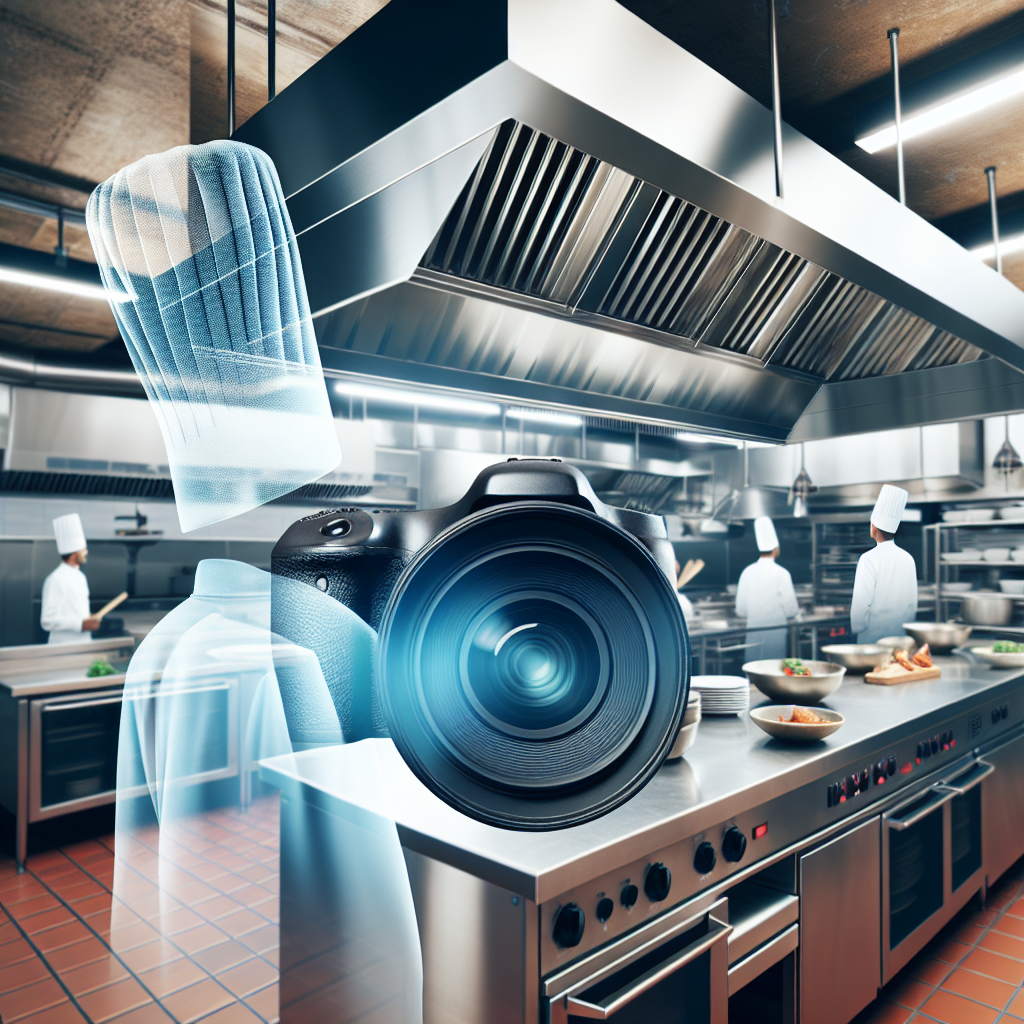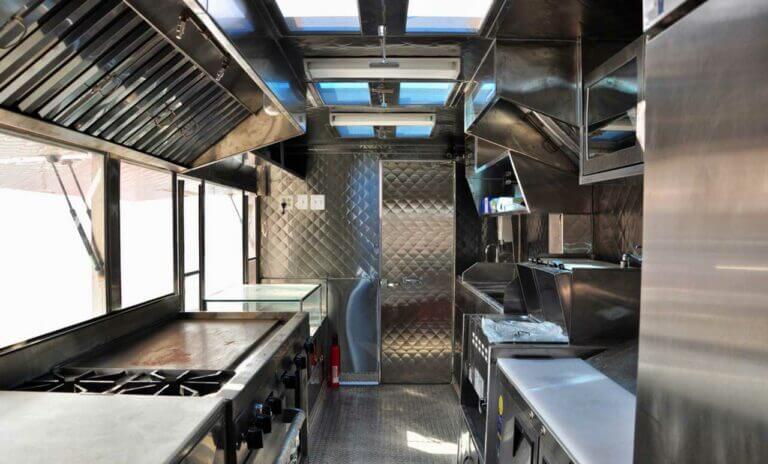Ghost Kitchen Hood Cleaning: Essential Practices for Delivery-Only Restaurants
Understanding the Unique Cleanliness Needs of Ghost Kitchens
In the world of food delivery, ghost kitchens have taken center stage, offering meals exclusively through delivery services without a physical dine-in presence. These kitchens, despite their elusive nature, face very real challenges, especially when it comes to maintaining hygiene standards. One critical aspect of this hygiene puzzle is hood cleaning.
What Makes Ghost Kitchen Hood Cleaning a Special Challenge?
Ghost kitchens present unique conditions different from traditional restaurant setups. Operators often juggle multiple brands under one roof while maximizing efficiency, which can lead to constant use of kitchen equipment. This intensive production environment can cause faster buildup of grease and debris in the exhaust system. Therefore, consistent hood cleaning becomes a must to meet health standards and reduce fire risks.
Location, Location, Location (Even in the Digital Space)
Consider the locations these ghost kitchens often inhabit – urban hubs such as Los Angeles, Santa Monica, and Orange County. Proximity to a dense customer base is key, but tight urban spaces can lead to ventilation challenges. Effective vent design and regular maintenance, including professional restaurant hood cleaning, are essential to ensure safe and efficient operation.
The Importance of Regular Hood Cleaning
Whether in a bustling LA food district or a quieter Santa Monica nook, consistent and professional commercial kitchen hood cleaning is necessary. It provides essential benefits such as:
- Fire Safety: By removing grease build-up, regular cleaning helps prevent kitchen fires.
- Health Compliance: Local health regulations require regular maintenance to prevent food contamination.
- Operational Efficiency: A clean hood system operates at maximum efficiency, ensuring proper air flow and thermostat operation.
How Often Should Hood Cleaning Be Performed?
The frequency of exhaust hood cleaning in ghost kitchens can vary based on several factors:
- Volume of Cooking: More cooking results in faster buildup of grease. High-volume kitchens may need monthly cleaning.
- Type of Cooking: Heavy grease-producing activities like frying require more frequent cleaning.
- Location Regulations: Cities like Los Angeles and Orange County have specific local regulations outlining cleaning frequency.
Finding the Right Hood Cleaning Service
Choosing a professional service specializing in hood cleaning for ghost kitchens in areas like Los Angeles is crucial. These experts understand the balance between maintaining safety and meeting the needs of high-speed, high-volume operations. Look for services offering detailed cleaning, including:
- Filter and Fan Cleaning: Ensures optimal air flow and reduces fire risk.
- System Inspection: A thorough inspection ensures every part of the hood system is functioning properly.
- Grease Trap Cleaning: Essential for preventing blockage and ensuring efficient waste management.
The Ghost Kitchen Hood Cleaning Checklist
To make sure your ghost kitchen is performing optimally, keep this checklist in mind:
- Schedule regular cleaning based on kitchen activity and local guidelines.
- Partner with reputable restaurant hood cleaning professionals.
- Ensure comprehensive coverage – including hoods, ducts, filters, and fans.
- Regularly inspect your system for leftover grease or debris.
- Keep records of cleaning to maintain compliance and identify any problem trends over time.
Conclusion: The Clean Path Forward
Ghost kitchens offer exciting opportunities and unique challenges, especially in maintaining cleanliness standards amidst high-paced production schedules. Ensuring regular commercial kitchen hood cleaning alongside efficient ventilation is crucial not just for compliance, but also to maintain a safe cooking environment.
For ghost kitchens in Los Angeles, restaurant hood cleaning services can ensure that your kitchen meets both health and safety standards while supporting a successful delivery-only operation.







